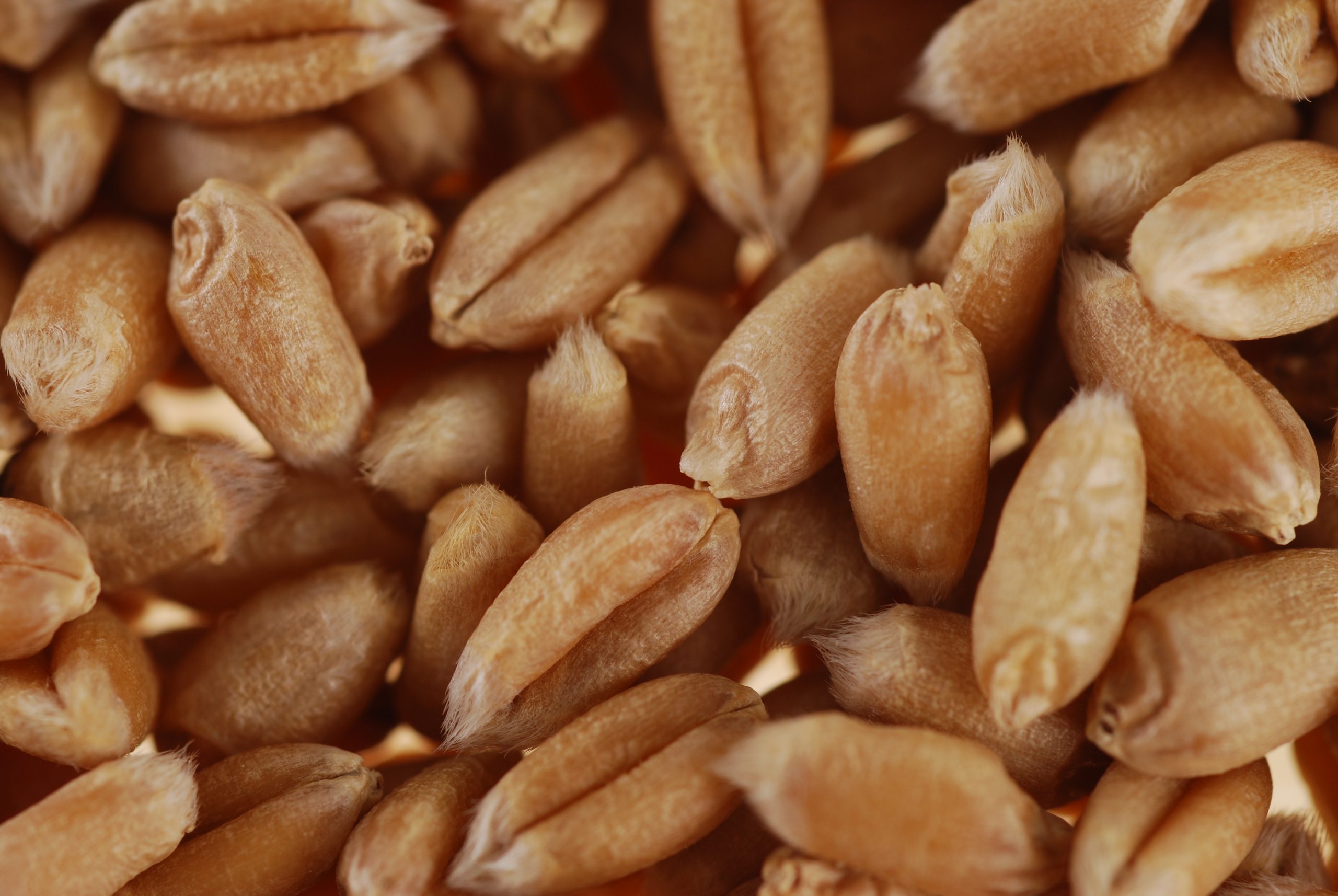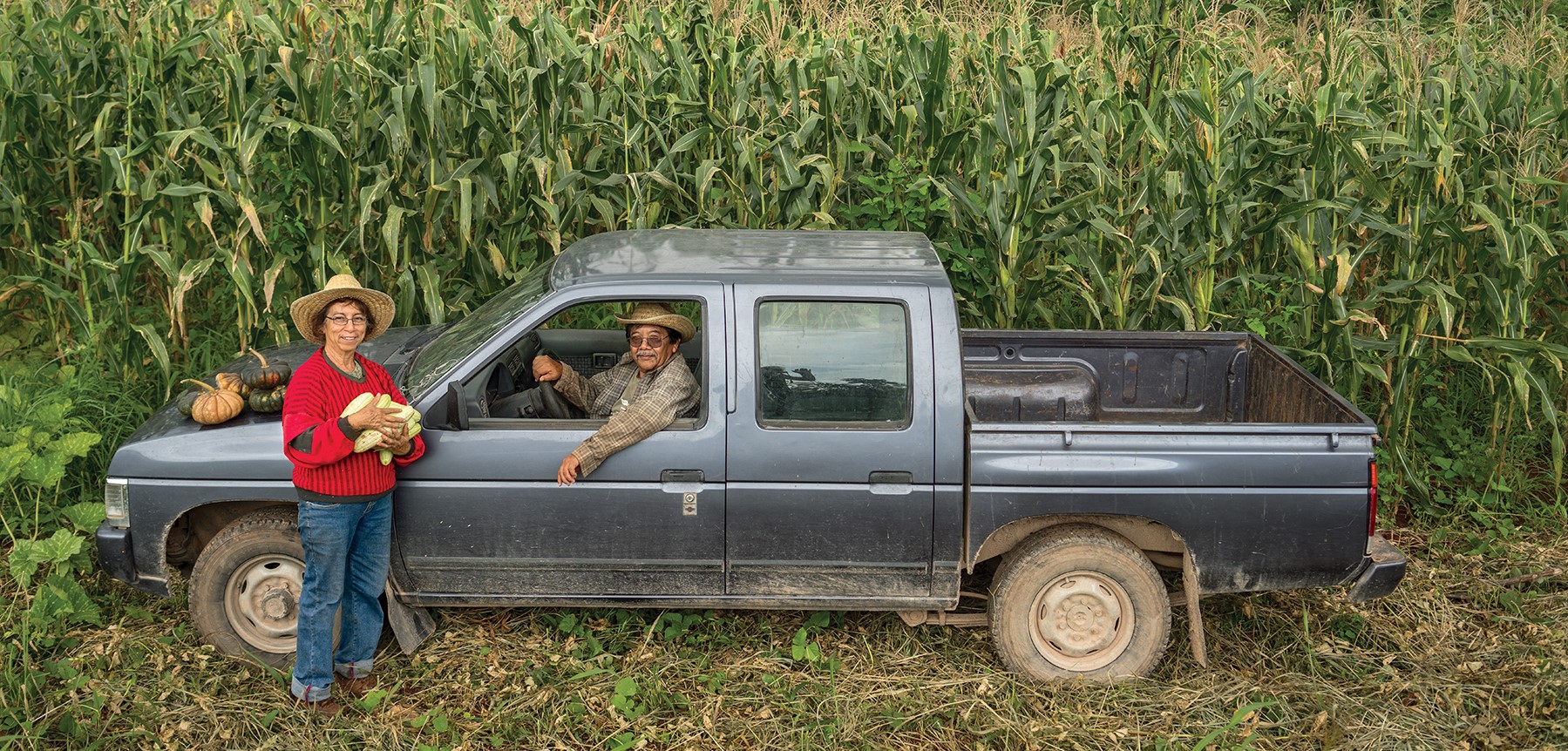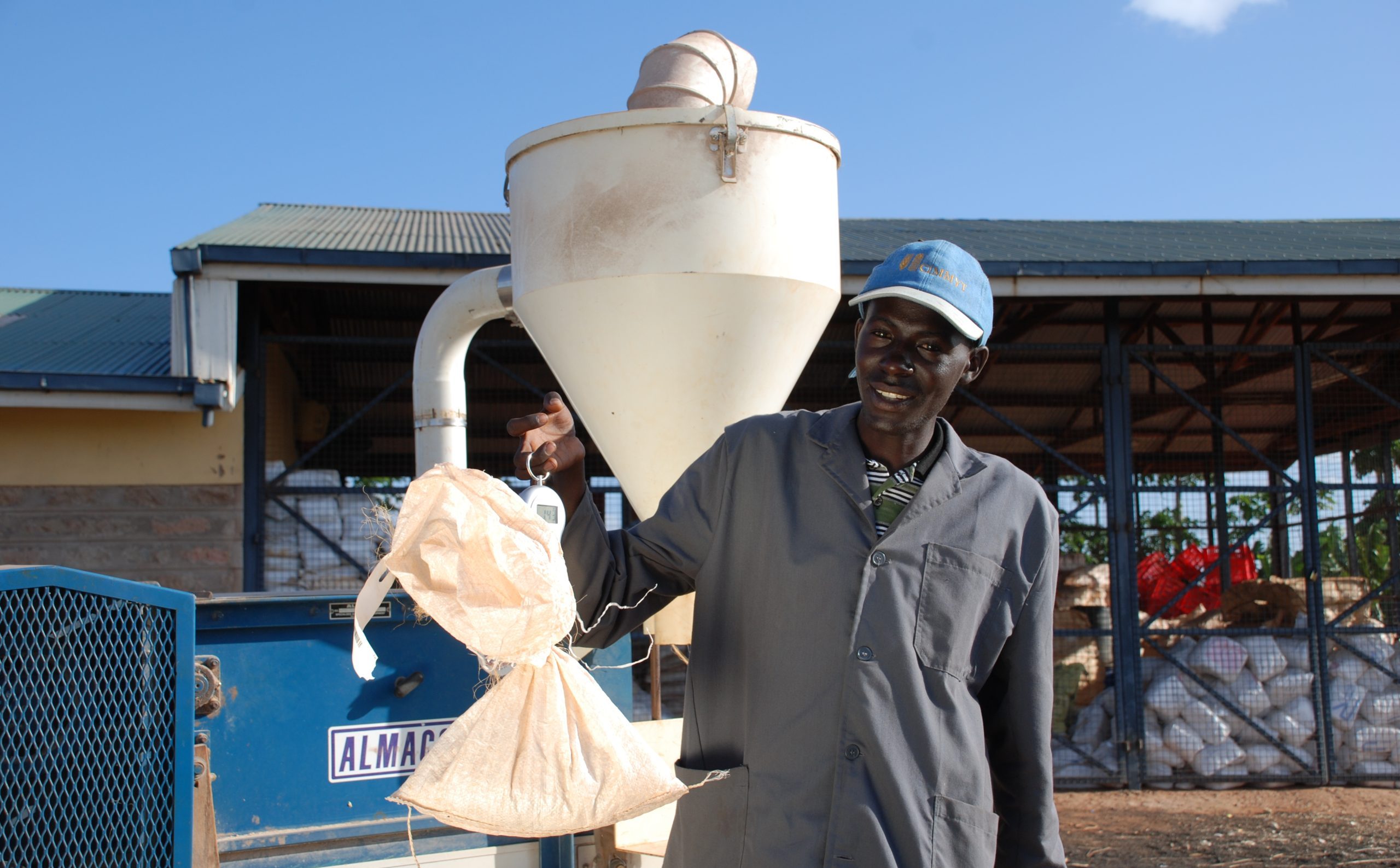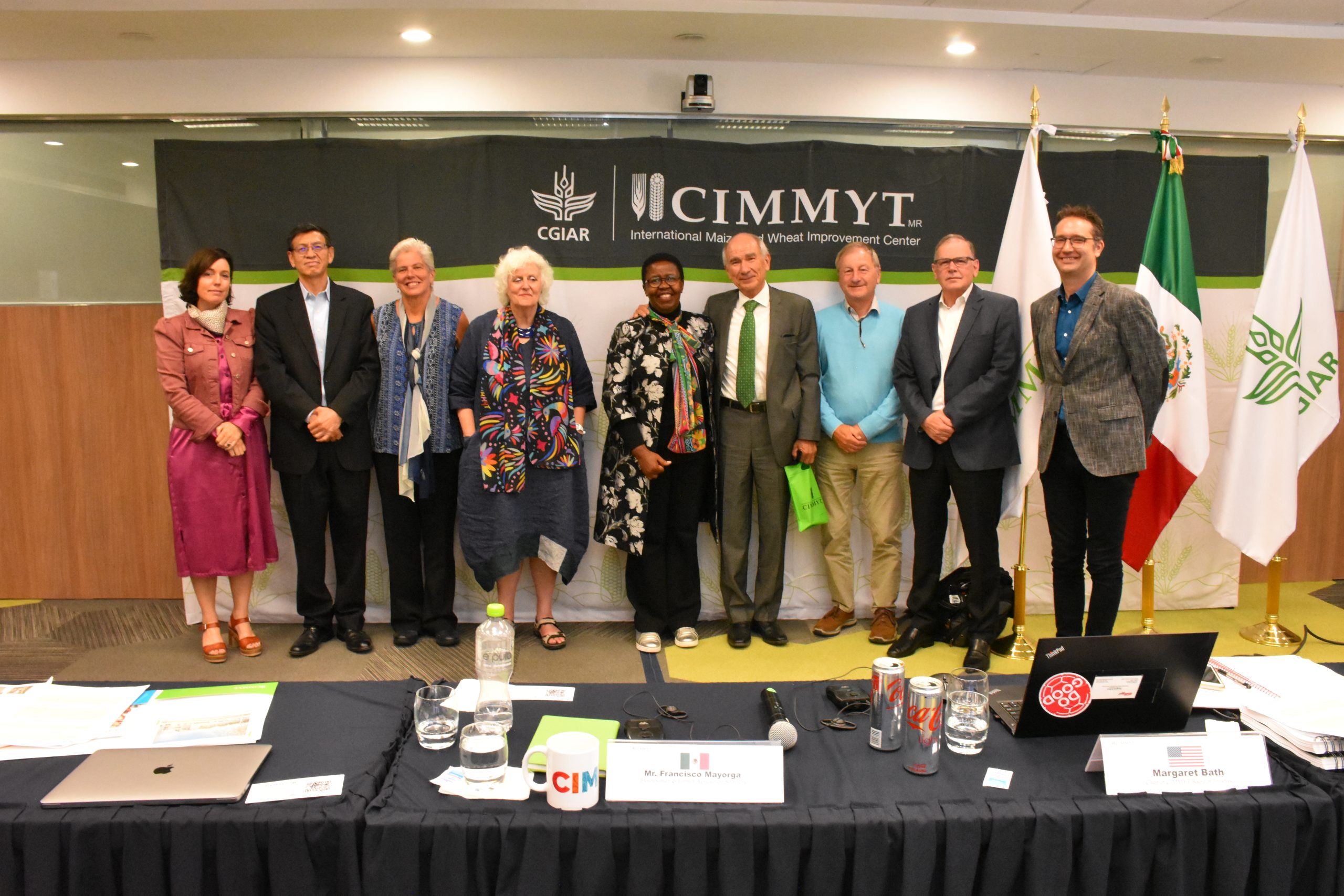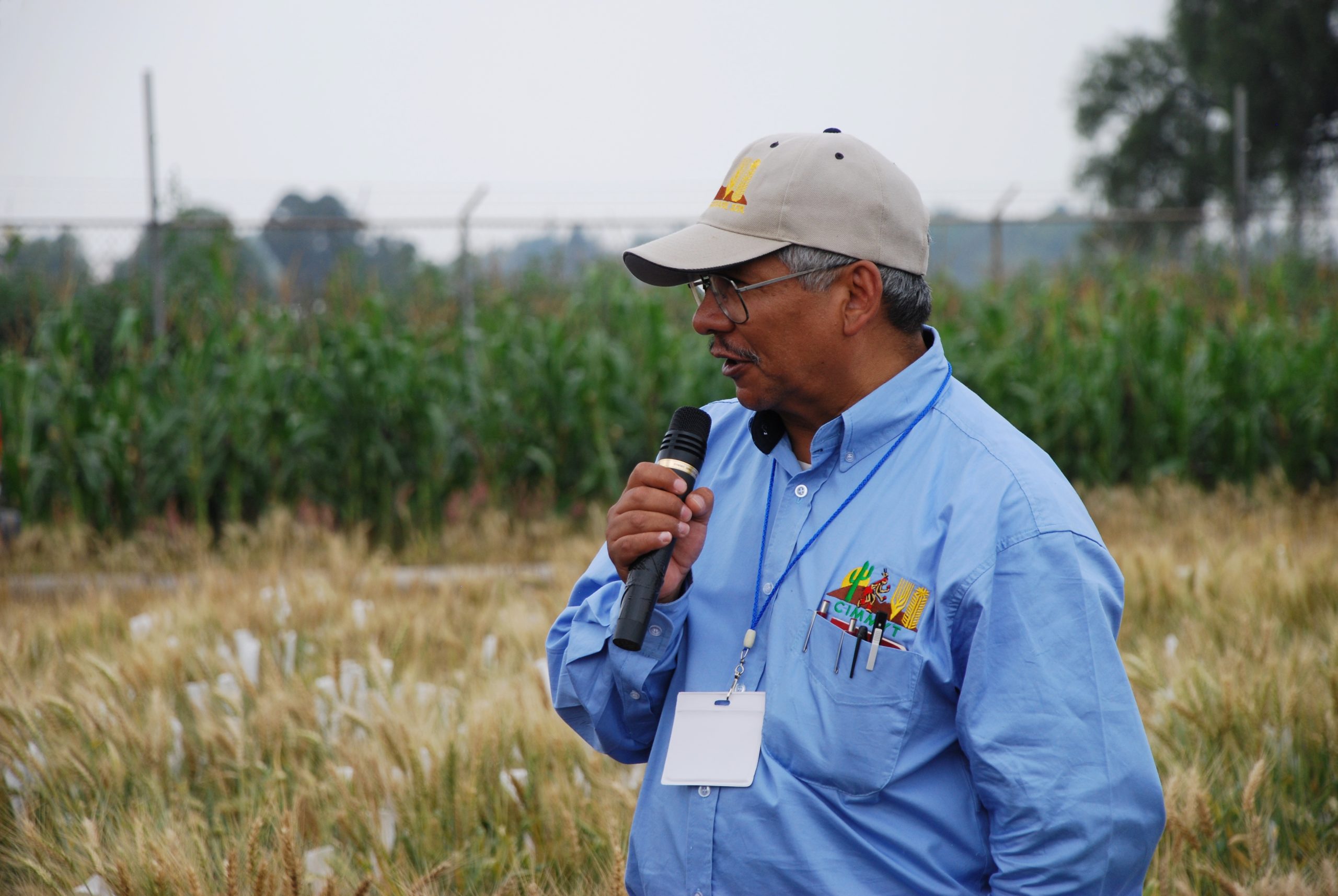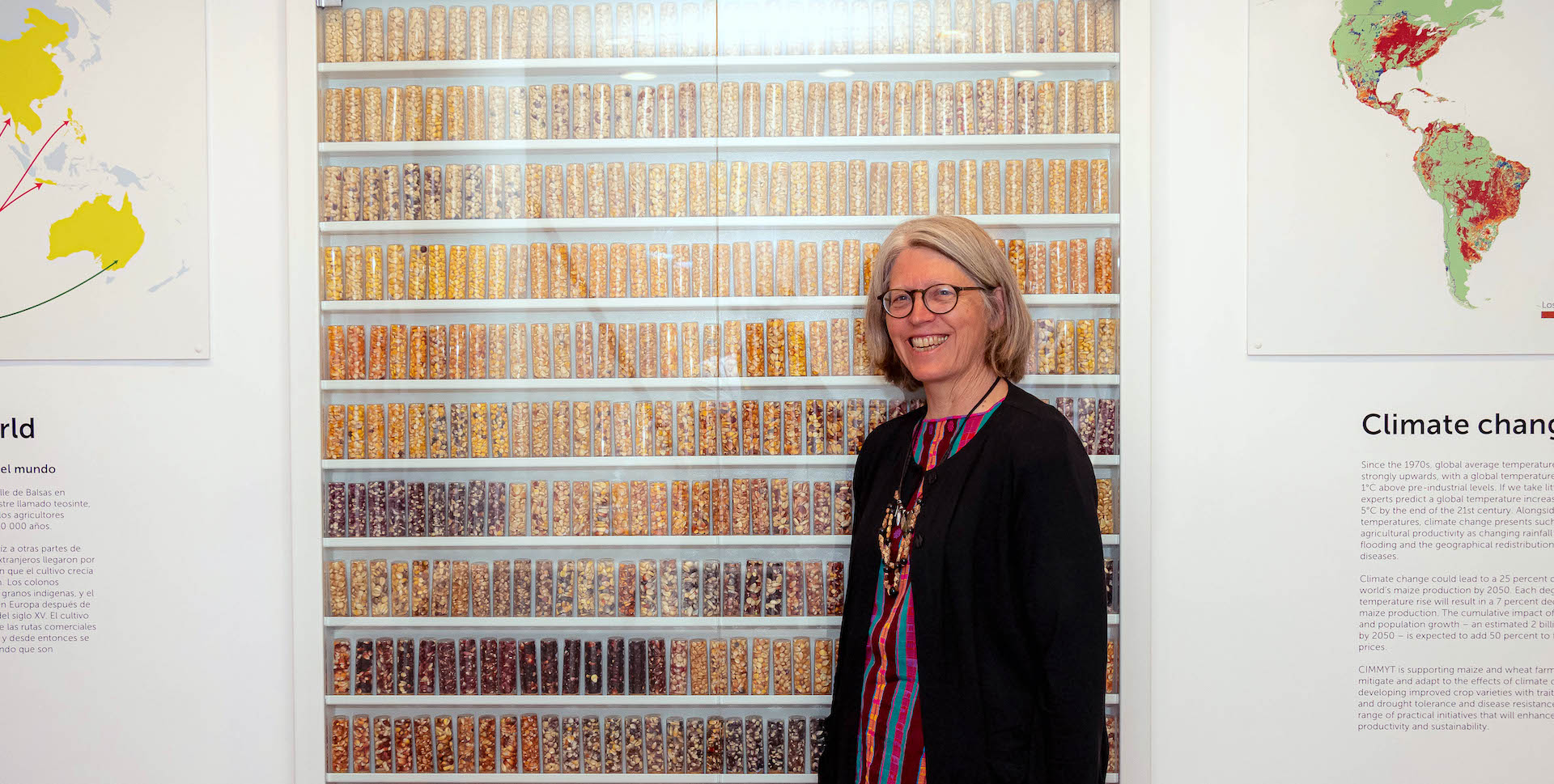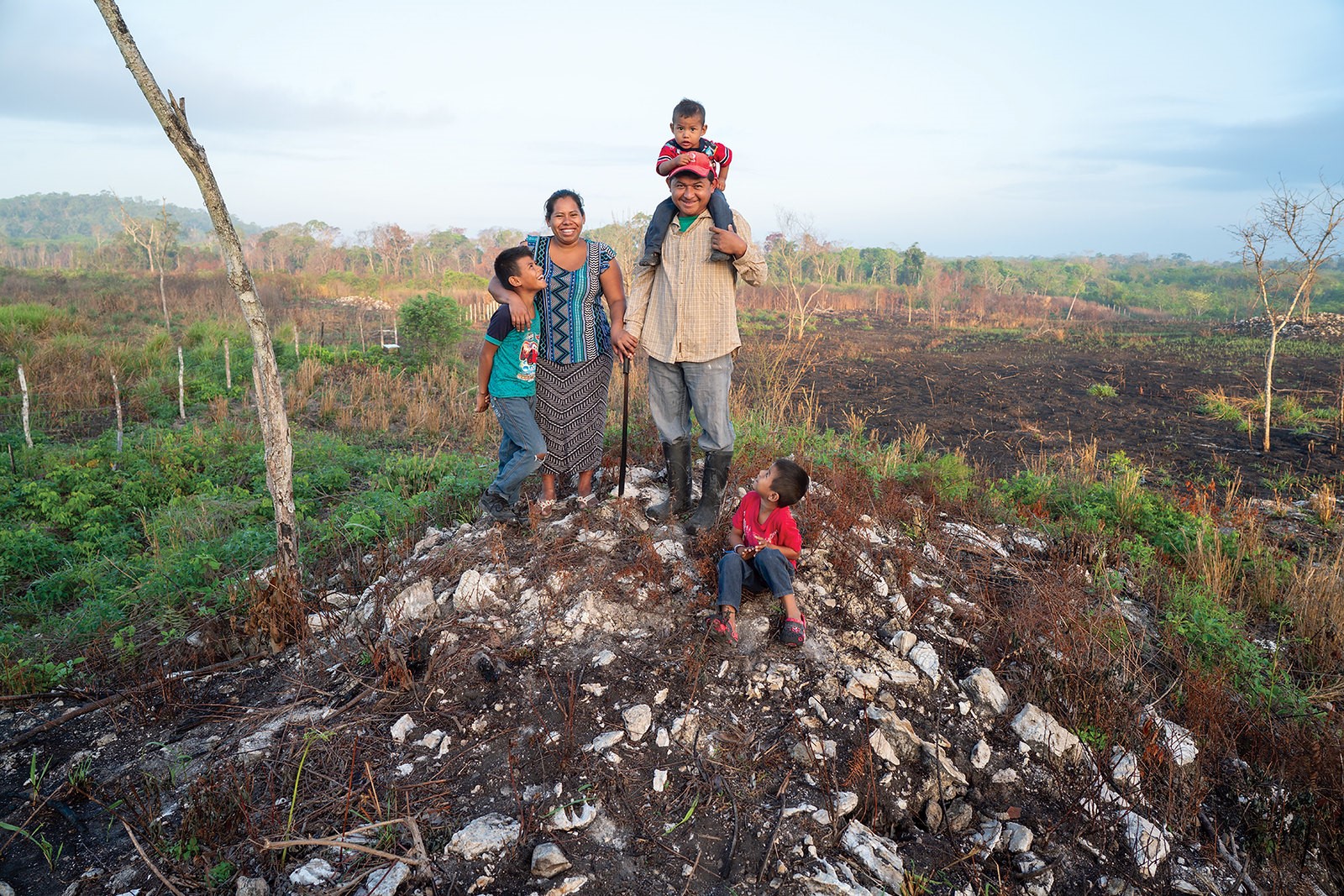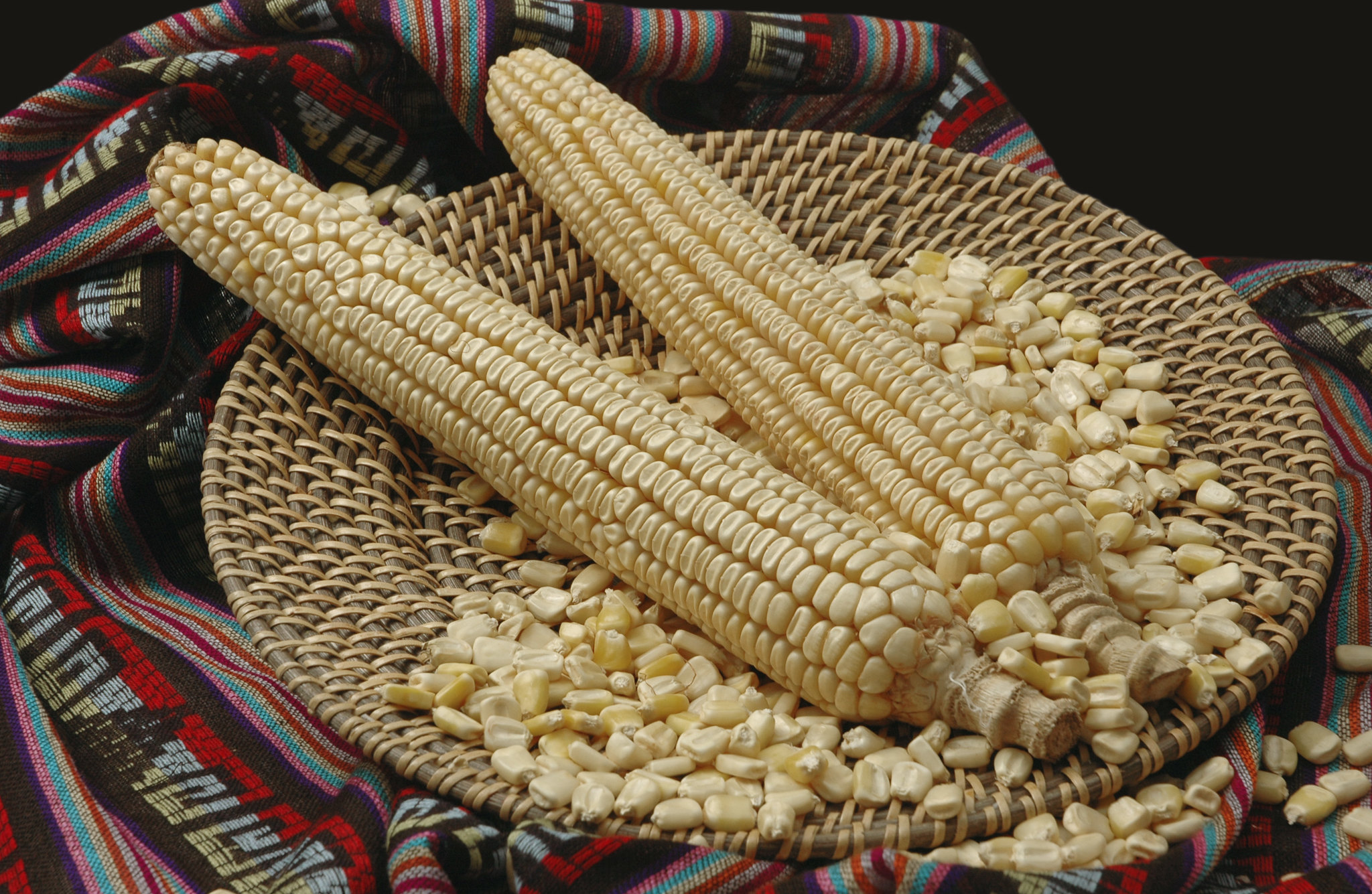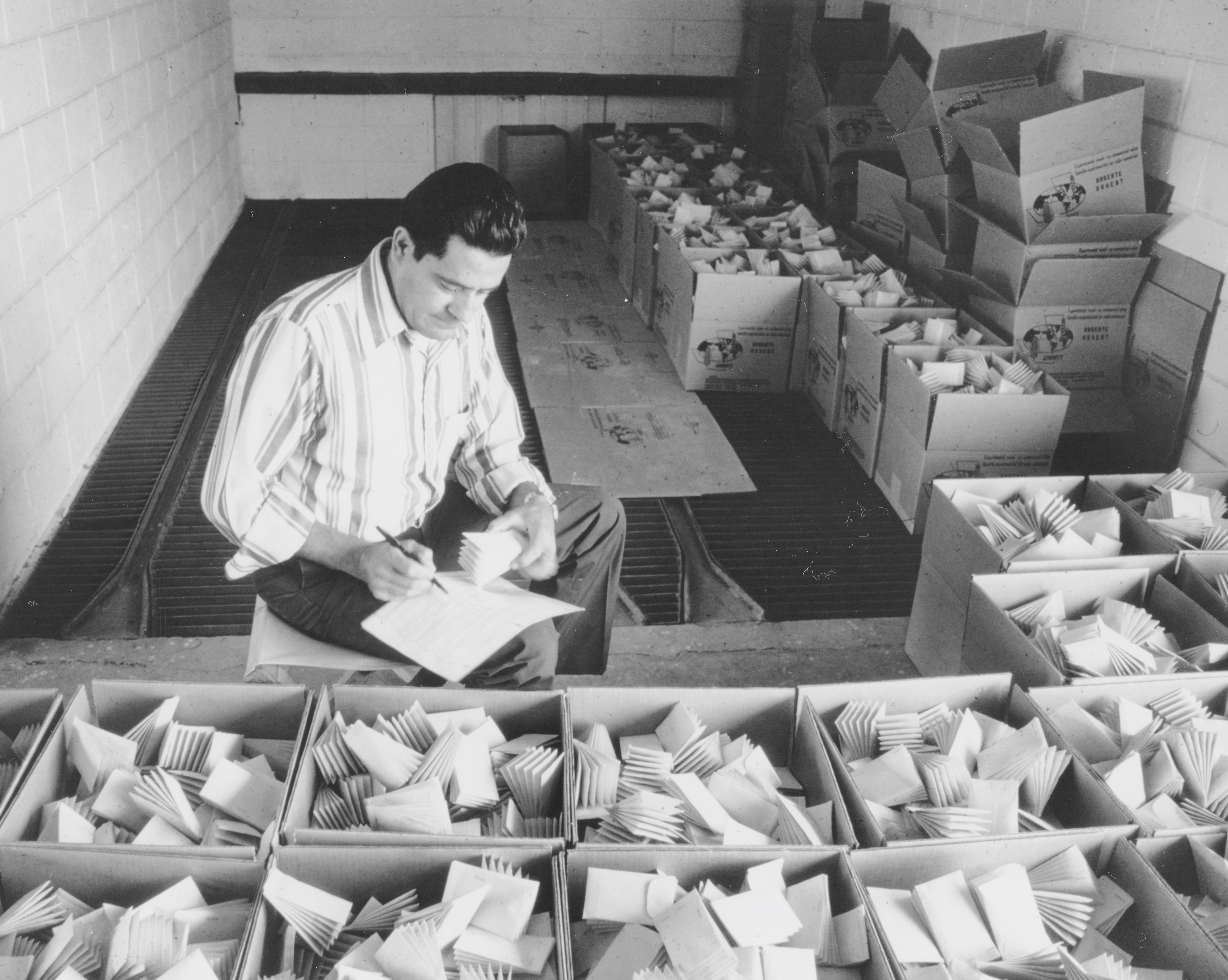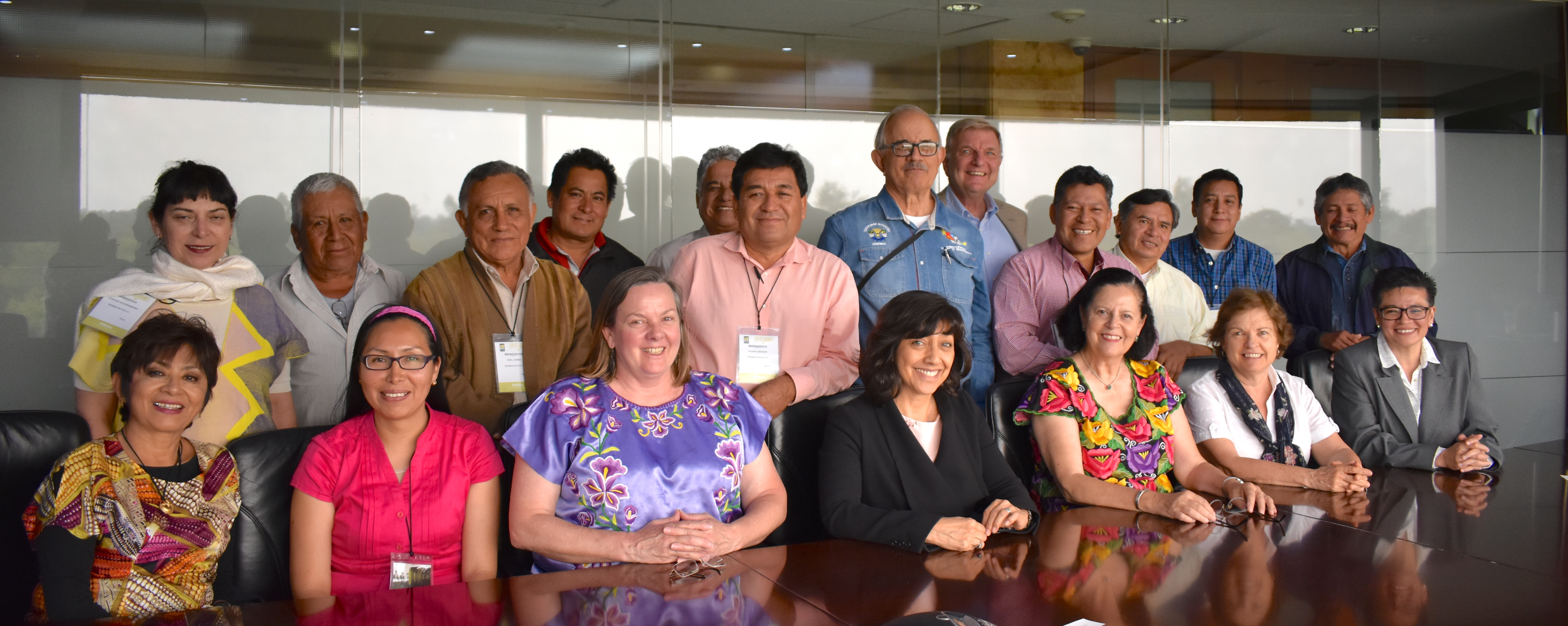Mexico's National Institute for Forestry, Agriculture and Livestock Research (INIFAP)
CIMMYT leads innovation sprint to deliver results to farmers rapidly
 Climate adaptation and mitigation
Climate adaptation and mitigation
Climate-resilient soil fertility management by smallholders in Africa, Asia, and Latin America.
MasAgro is “a gift for Africa”
 Capacity development
Capacity development
CIMMYT’s Board of Trustees were impressed with MasAgro’s outcomes in Mexico and its potential for replication in Africa.
Winner of BGRI Gene Stewardship Award announced
 Environmental health and biodiversity
Environmental health and biodiversity
A research team in Mexico has been awarded the BGRI Gene Stewardship Award for their groundbreaking work on wheat breeding.
México y EU establecen estrategia conjunta a favor de la seguridad alimentaria
 Capacity development
Capacity development
Source: El Sol de México (16 May 2021)
Mexico’s Secretariat of Agriculture and Rural Development (SADER) and its counterpart in the United States reached an agreement to promote knowledge sharing and scientific collaboration on agriculture-related issues.
Costich retires, but her odyssey continues
 Capacity development
Capacity development
The head of the Maize Germplasm Bank, who retired in September, modernized the bank’s data curation and promoted outreach to maize landrace farming communities in the Americas.
CIMMYT scientists recognized for impact
 Innovations
Innovations
Wheat researchers listed among world’s most influential scholars, based on citations.
CIMMYT for Mexico in times of a global pandemic
 Nutrition, health and food security
Nutrition, health and food security
CIMMYT representatives discuss the impact of the pandemic on Mexico and why CIMMYT works towards more resilient agri-food systems with healthier and more prosperous people.
World’s largest corn cob measures 39.5cm in Jala, Nayarit
 Nutrition, health and food security
Nutrition, health and food security
Source: Mexico News Daily (15 Jan 2020)
Winner acknowledges the work of INIFAP, CIMMYT and the Mexico Corn Tortilla Foundation to recuperate native maize species.
Working in a method to harness the soil
 Nutrition, health and food security
Nutrition, health and food security
Source: El Universal (12 Jan 2020)
Research shows that conservation agriculture under irrigation conditions increases yields and soil organic carbon, even in poor quality soil.
Four CIMMYT scientists among world’s most influential scholars, based on citations
 Innovations
Innovations
Recognized for most-cited works worldwide on Web of Science Group’s list of Highly Cited Researchers.
Saving the giant
 Nutrition, health and food security
Nutrition, health and food security
CIMMYT scientists engage to preserve the Jala maize landrace, famous for producing the longest maize ears in the world.
Remembering Max Alcalá, who led CIMMYT’s wheat international nurseries
 Nutrition, health and food security
Nutrition, health and food security
He was instrumental in preparing and distributing nursery results, which are still used by breeders.
New association formed to support smallholder native maize farmers in Mexico
 Capacity development
Capacity development
ProMaíz Nativo will promote small-scale landrace maize farmers through certification and fair market access.
